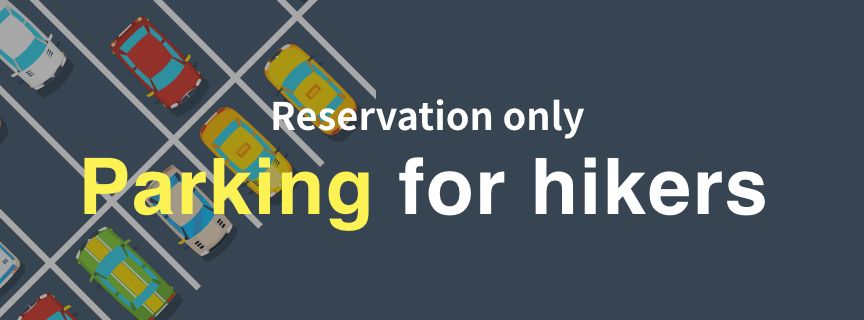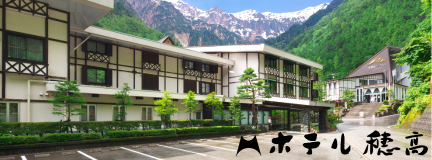History History of the Ropeway
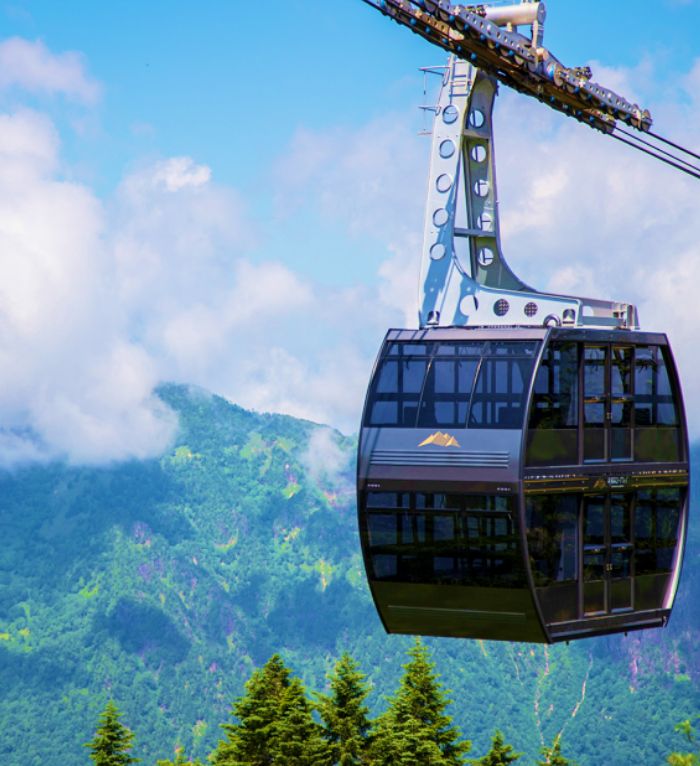
A dream that reaches the sky. The story of the Shinhotaka Ropeway's birth.
The Shinhotaka Ropeway offers spectacular views of Okuhida from the sky.
In fact, its opening was preceded by nearly 10 years of grand plans and challenges.
Why not take a peek at the little-known story that led to it becoming one of the most popular tourist destinations in the Chubu region?
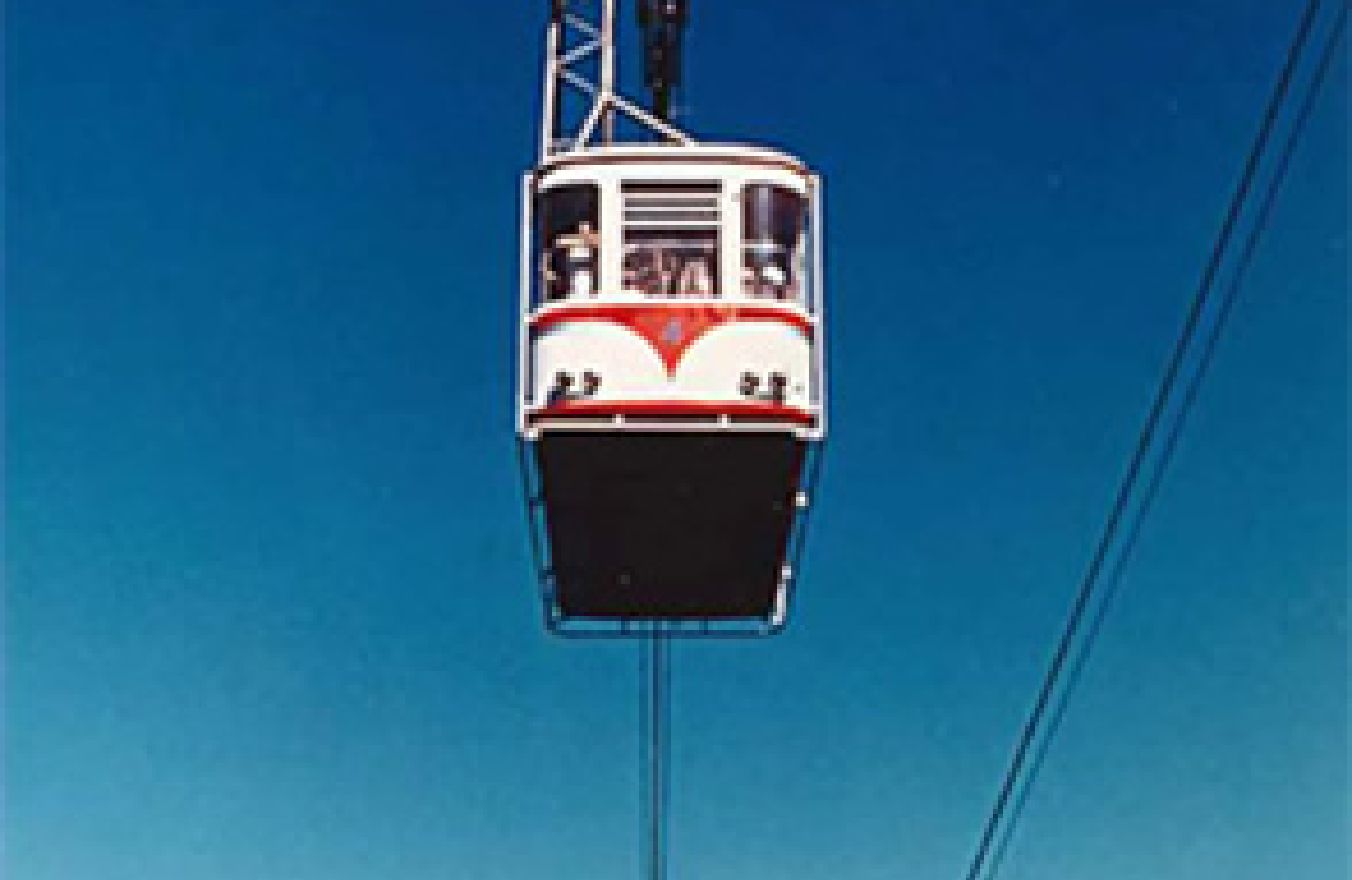
History of the Shinhotaka Ropeway
In 1961 (Showa 36), local municipalities, the Takayama Chamber of Commerce and Industry, Nagoya Railroad, Nohi Bus Company, and Toyama Local Railroad came together to establish the non-profit corporation “Okuhida Development Corporation” for the purpose of developing Okuhida's abundant tourist resources and promoting regional economic growth and the research and planning began.
Among the various proposals, the “West Hotaka Ropeway Plan” emerged, which aimed to connect Shinhotaka Onsen with Shinshu Kamikochi via a mountain ropeway.
From this, the “Nishihotaka Ropeway Project” was born, aiming to connect Shinhotaka Onsen with Shinshu-Kamikochi via a mountain ropeway. To realize this project, the “Okuhida Tourism Development Corporation” was established on May 8, 1962 (Showa 37).

The original plan was an ambitious one, connecting Gifu and Nagano Prefectures by crossing the Hotaka Mountain Range, from an altitude of approximately 1,600 meters in the rear of Shinhotaka Onsen, passing through the southern saddle of Nishi-Hotaka Mountain Lodge, and continuing westward to Kappa Bridge in Kamikochi, Shinshu. Following extensive surveys and discussions among relevant parties over a long period, in 1968 (Showa 43), the route was revised, and an application for project approval was submitted to the Ministry of Health and Welfare (now the Ministry of the Environment).
History of the Shinhotaka Ropeway
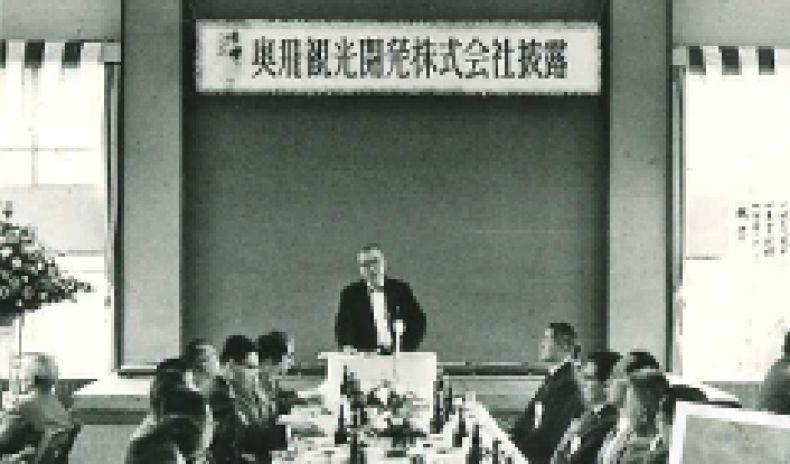
Establishment of Okuhida Tourism Development Co., Ltd.
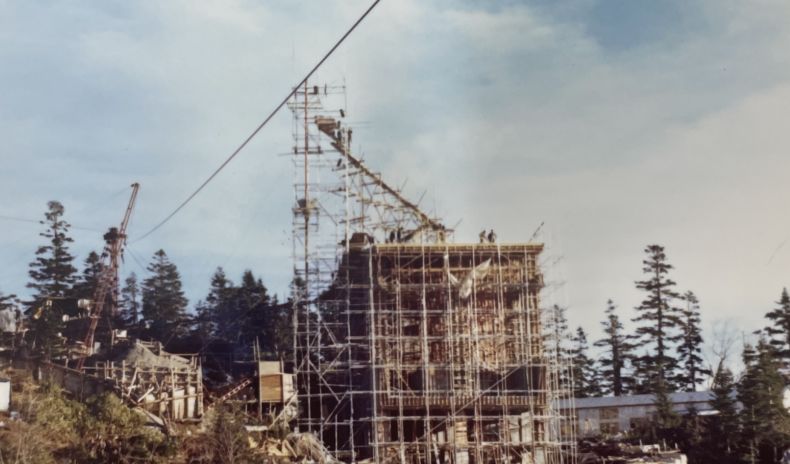
Construction of the Shinhotaka Ropeway begins
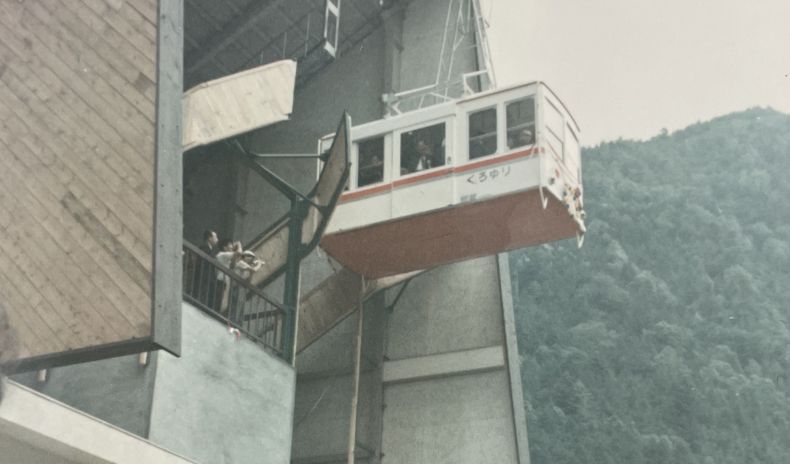
Shinhotaka Ropeway opens
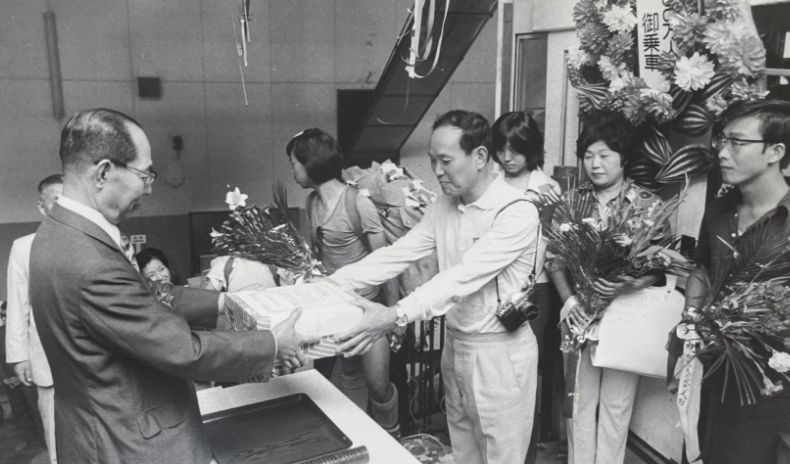
Cumulative number of passengers exceeds 1 million
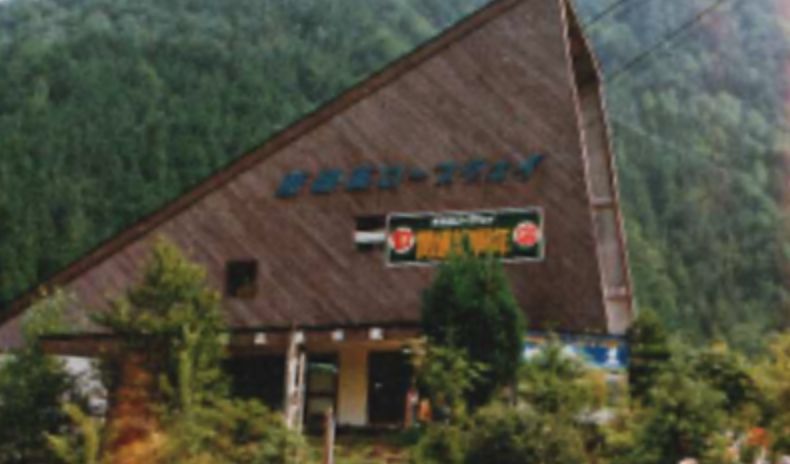
10th anniversary of opening

Gondola model change

20th anniversary of opening

Construction of No.2 Ropeway begins
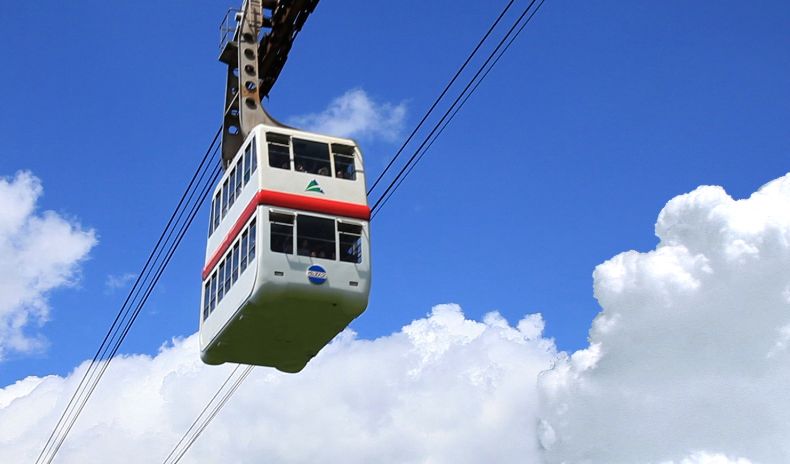
Renovation of the No2. Ropeway
Japan's first double-decker gondola
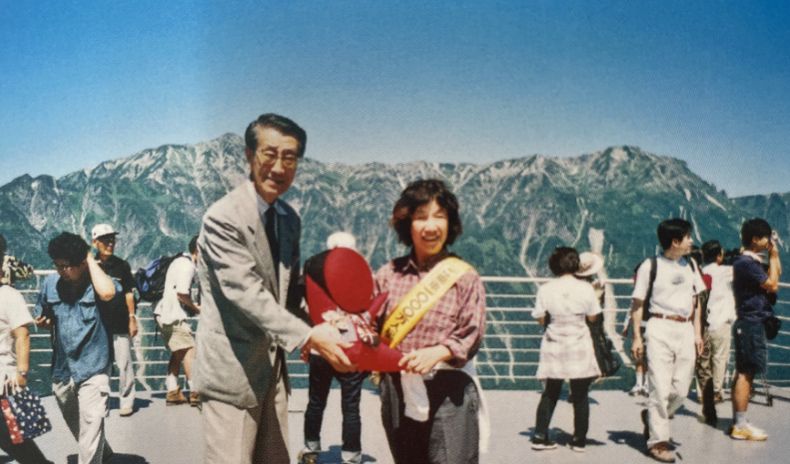
Cumulative number of passengers exceeded 10 million
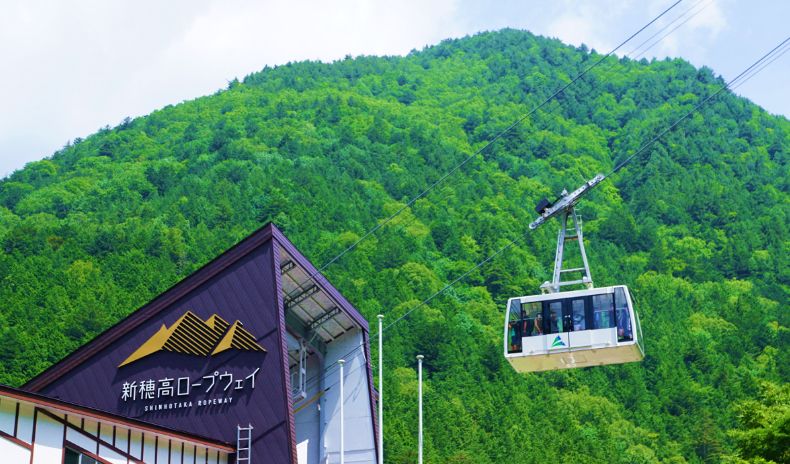
Model change of No.1 Ropeway
Adoption of a novel “skeleton-type” design to allow passengers to enjoy the natural beauty of the Nabedaira Plateau spreading out below their feet.
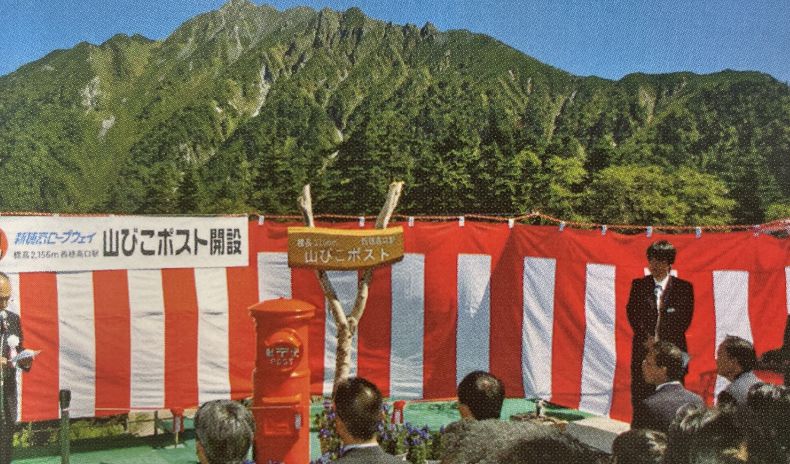
Installation of Japan's highest permanent postbox, the “Yamabiko Postbox.”
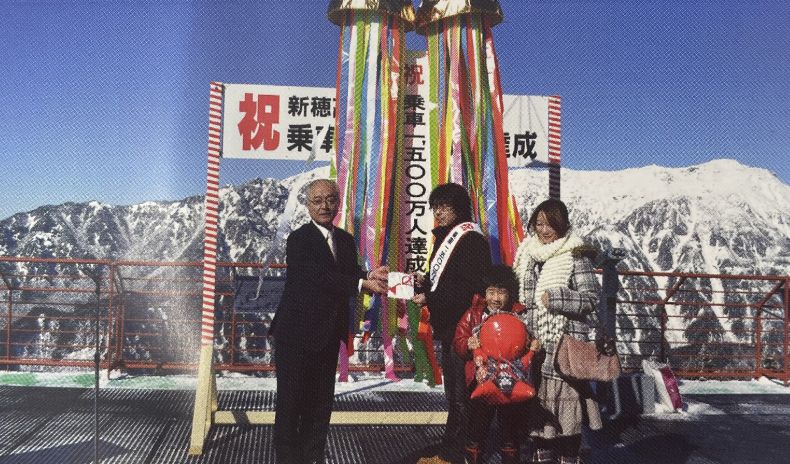
Cumulative number of passengers exceeds 15 million
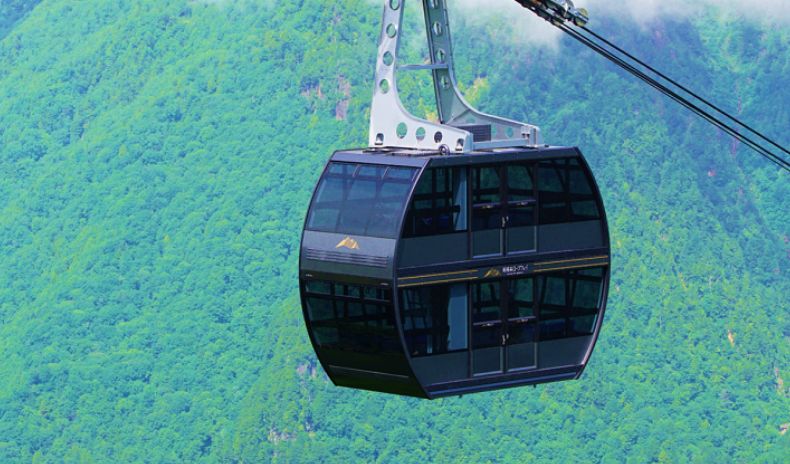
Renovation of Shirakabadaira Station and No2. Ropeway gondolas
Adoption of European-style carriages manufactured by Carbatec of Austria. Wider and clearer views!
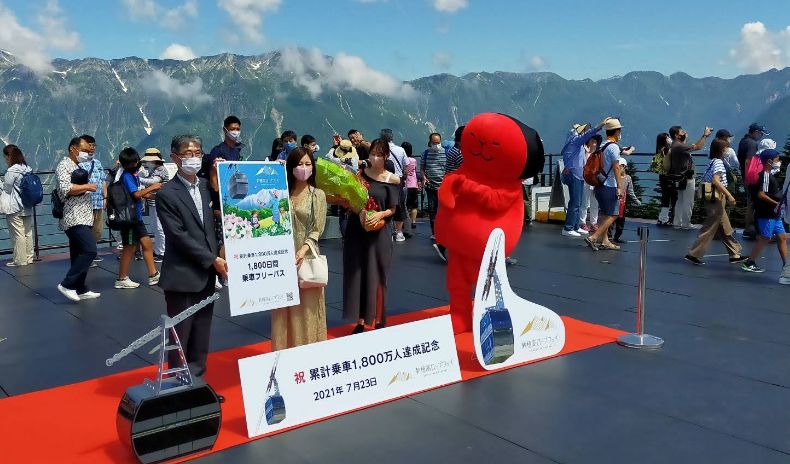
Cumulative number of passengers exceeds 18 million
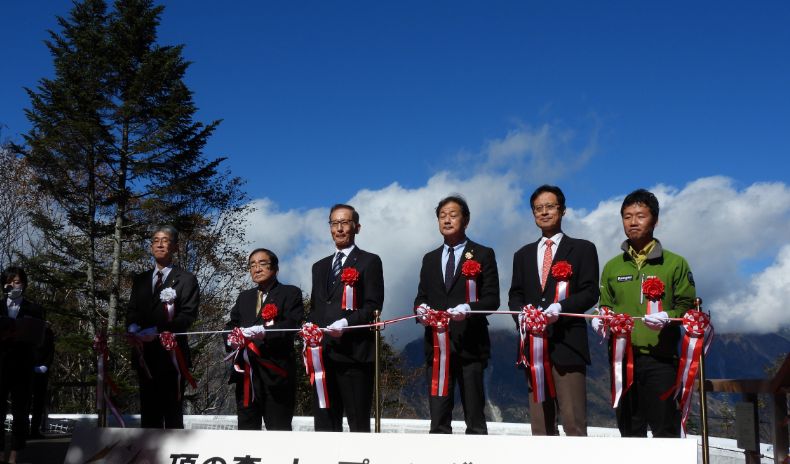
Grand opening of the summit forest ”Itadaki no mori”
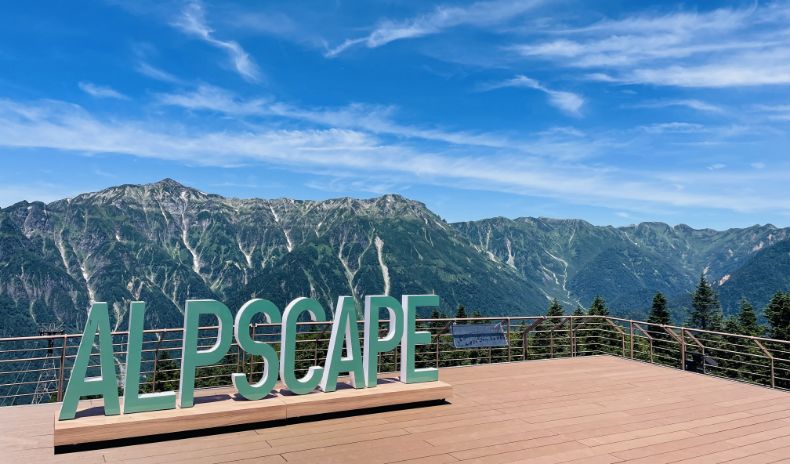
Renovation of the observation deck on the roof of Nishihotakaguchi Station

